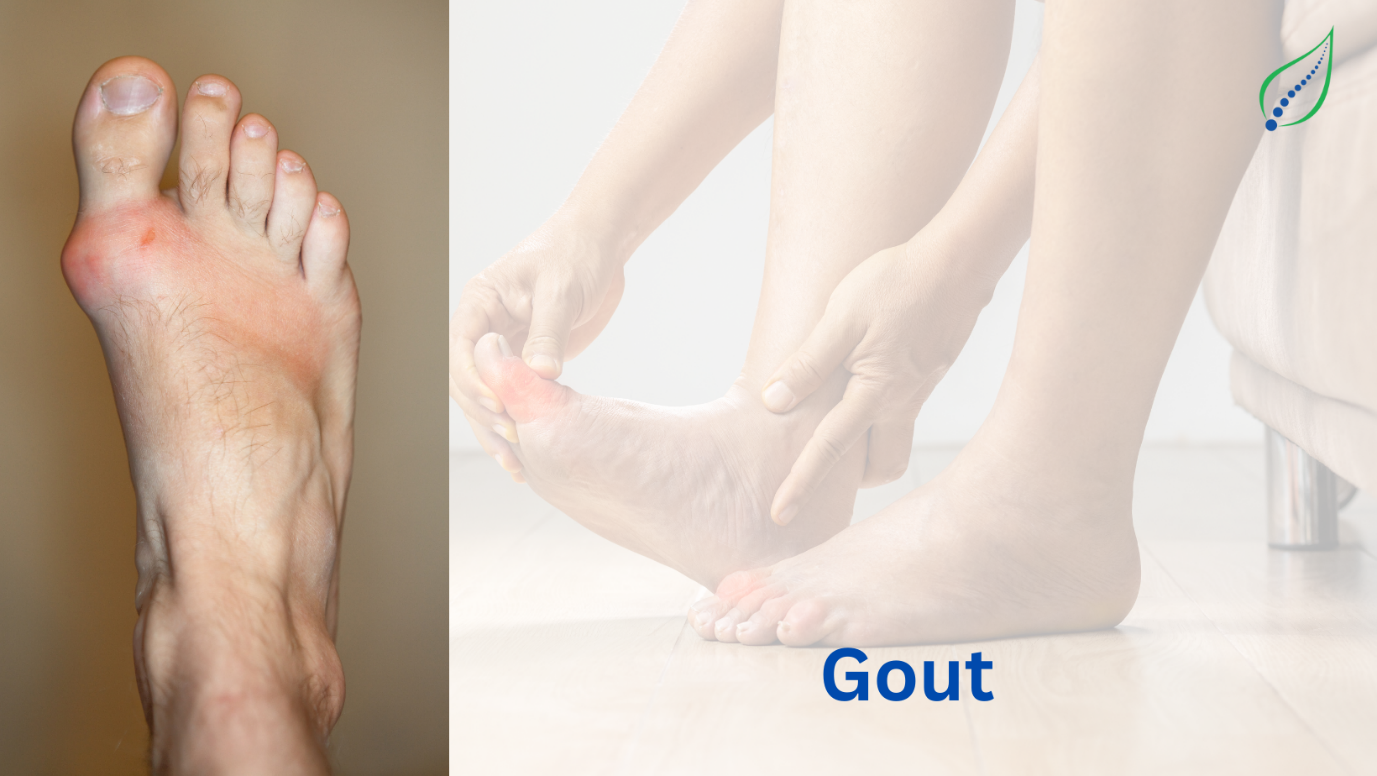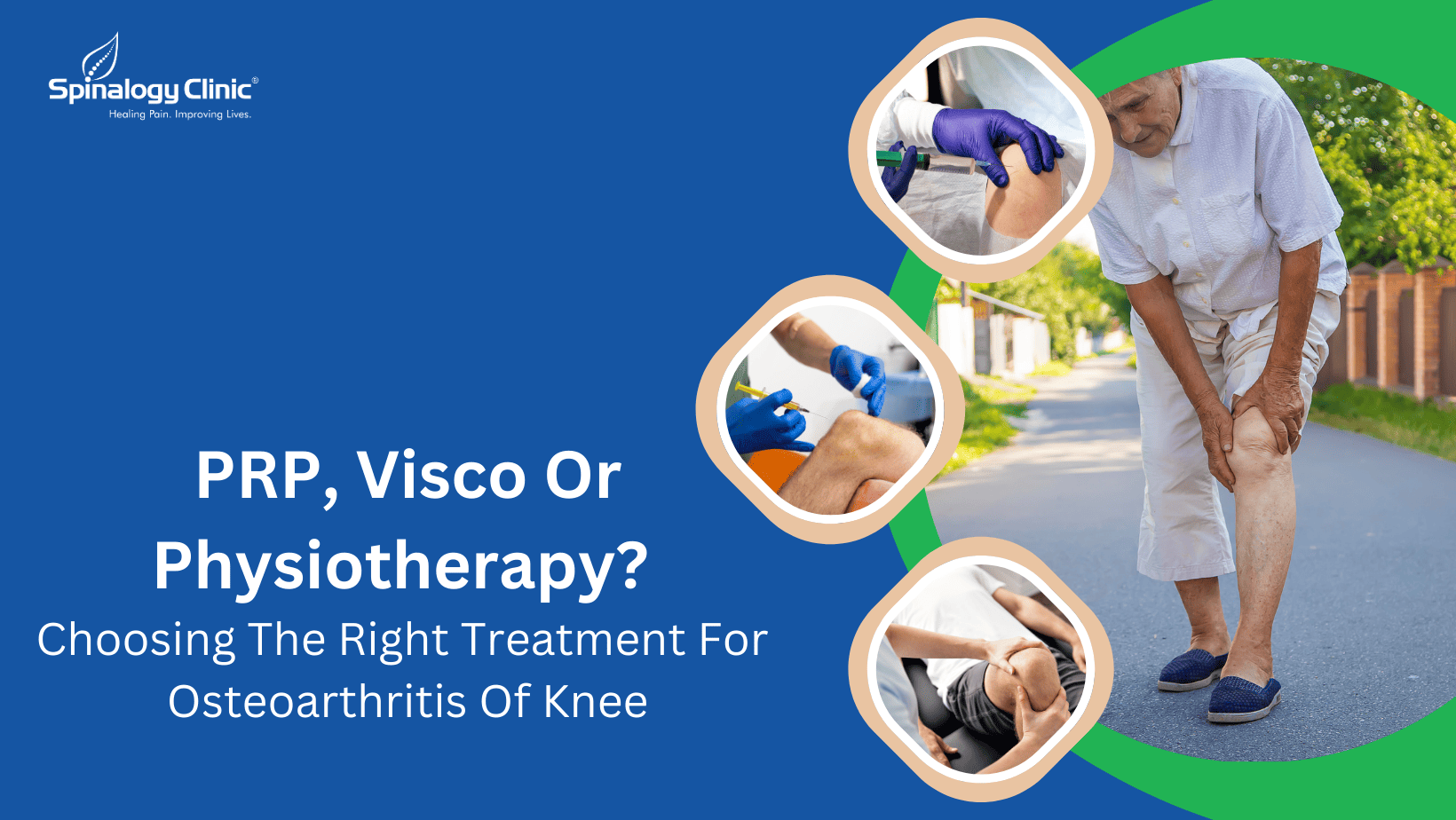Gout
Gout is a form of chronic inflammatory arthritis characterized by deposition of monosodium urate (MSU) monohydrate crystals within the tissues & joints.
Biochemically hyperuricemia occurs when excess extracellular fluid urate saturation causes plasma or serum urate concentrations to exceed more than 6.8 mg/dl.
The clinical manifestations of gout may include:
- Acute gout flare (recurrent flares of inflammatory arthritis)
- Chronic gouty arthropathy
- Accumulation of urate crystals in the form of tophaceous deposits
- Uric acid nephrolithiasis
- Chronic nephropathy
CAUSES:
- Genetic
- Medical comorbidities (HTN, Chronic kidney disease)
- Dietary Factors (consumption of animal food such as seafood, organs (e.g., liver and kidney), and red meat (pork, beef). Some drinks like alcohol, sweetened beverages, sodas, and high-fructose syrup may also contribute to this disease)
- Sedentary Lifestyle
- Other- Male gender, older age, obesity, purine rich diet, medications, etc.
- Stress- causes alterations in extracellular urate concentration & triggers a flare up.
PATHOPHYSIOLOGY:
Overproduction and/or under excretion of uric acid is the foundation for rising serum uric acid levels:
- Hyperuricemia is a crucial factor in developing gout as it can promote monosodium urate crystal nucleation and growth by reducing urate solubility. Factors promoting hyperuricemia- genetic absence/ mutation of uricase, reabsorption of 90% filtered uric acid, limited solubility of MSU in body fluids.
- Urate underexcretion through renal and gut mechanisms is the major mechanism for hyperuricemia in most people.
- Multiple genetic, environmental, and metabolic factors are associated with serum urate and alter urate transport or synthesis. Urate supersaturation is the most important factor for MSU crystal formation, and other factors such as temperature, pH, and connective tissue components also play a role.
- Variations in the regulatory mechanisms of this inflammatory response may affect an individual's susceptibility to developing gout.
SYMPTOMS:
- Pain in the affected joint (first flare starts with big toe)
- Gout flares often starts suddenly at night, and the intense pain may be bad enough to wake you up
- Affected joint may become swollen, red, warm, and stiff.
- Gout flares usually occur in one joint and can be triggered by certain foods, alcohol, certain medications, physical trauma, or certain illnesses.
- If gout is untreated over long periods of time, tophi can develop.
A tophus is the build-up of needle-shaped crystals that cause hard lumps to form under the skin, in and around the joints and other organs. Tophi start out as painless; however, over time, they can become painful and can cause bone and soft tissue damage.
TREATMENT:
- Medications- NSAIDS, Glucocorticoids, Uricosuric drugs
- Lifestyle changes are encouraged in gout patients, including weight loss, limiting alcohol intake, and avoiding certain foods.
- Maintain joint mobility by doing stretches & exercises every day to void joint stiffness.




